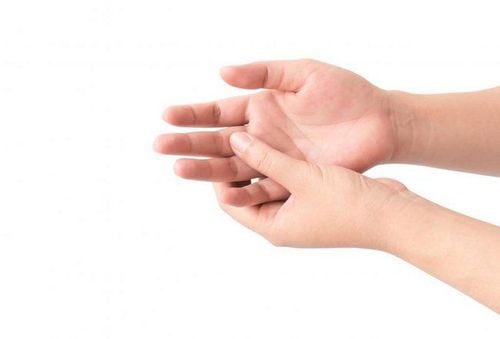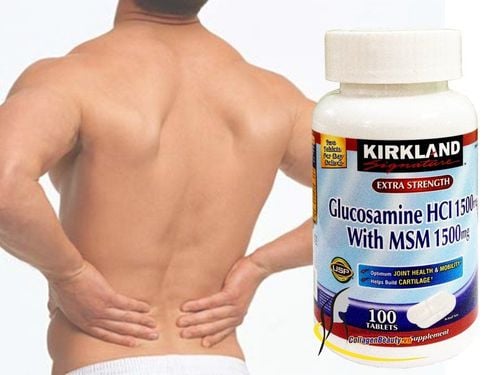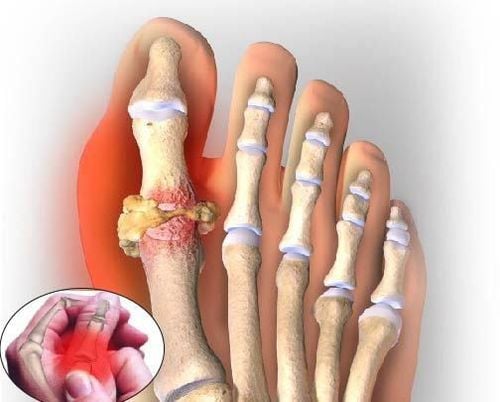This is an automatically translated article.
Ask
Hello doctor. I had a work accident, it's been 2 weeks now. I went to the doctor and concluded that I had a collapsed L1 vertebra and had signs of stretch marks. The doctor asked me with such a disease, how long can I walk and how to treat? Thank you doctor for helping me.
Nguyen Canh Lam (1985)
Reply
Dear friend Lam, according to your description, you have a fracture of the 1st lumbar vertebrae. The treatment depends on the type of fracture and the degree of damage, whether there are complications or not. ?
If the fracture is simple, there is no broken bone back to compress the spinal apex, there is no weakness in both legs, and there is no urinary retention, only conservative treatment without surgery, including: Absolute bed rest (eating and eating) drinking, urinating in a lying position) do not sit up for 6-8 weeks. During this time, you need to take pain relievers (if the pain is too much to bear), you can supplement with some vitamins and minerals, eat enough nutrition, exercise the extremities, practice deep breathing every day more and more. As often as possible, turn against ulcers caused by pressure on the back and coccyx. After 6 weeks you can sit up and walk normally, without heavy lifting for at least 6 months to 1 year.
In case the fracture is unstable (evaluated by a specialist), there is a retrograde piece that compresses the apex of the spinal cord, causing weakness in the legs and urinary retention. In your case, the fracture is probably stable and only conservative treatment as above for 6 weeks is enough. Thank you for submitting your question to Vinmec Health System.
Consulted by Doctor Nguyen Van Khoan - General Surgery Department - Vinmec Central Park International Hospital
More advice
Can closed fractures and edema be operated immediately? How to intervene in femoral neck fracture in the elderly? Is the leg swollen, blood pooling when learning to walk during the cast time? Articles on the same topic
Transfer of skin flaps to reduce the risk of bone necrosis Prevention of falls for patients Knee joint structure - the reason why the knee joint is prone to injury













